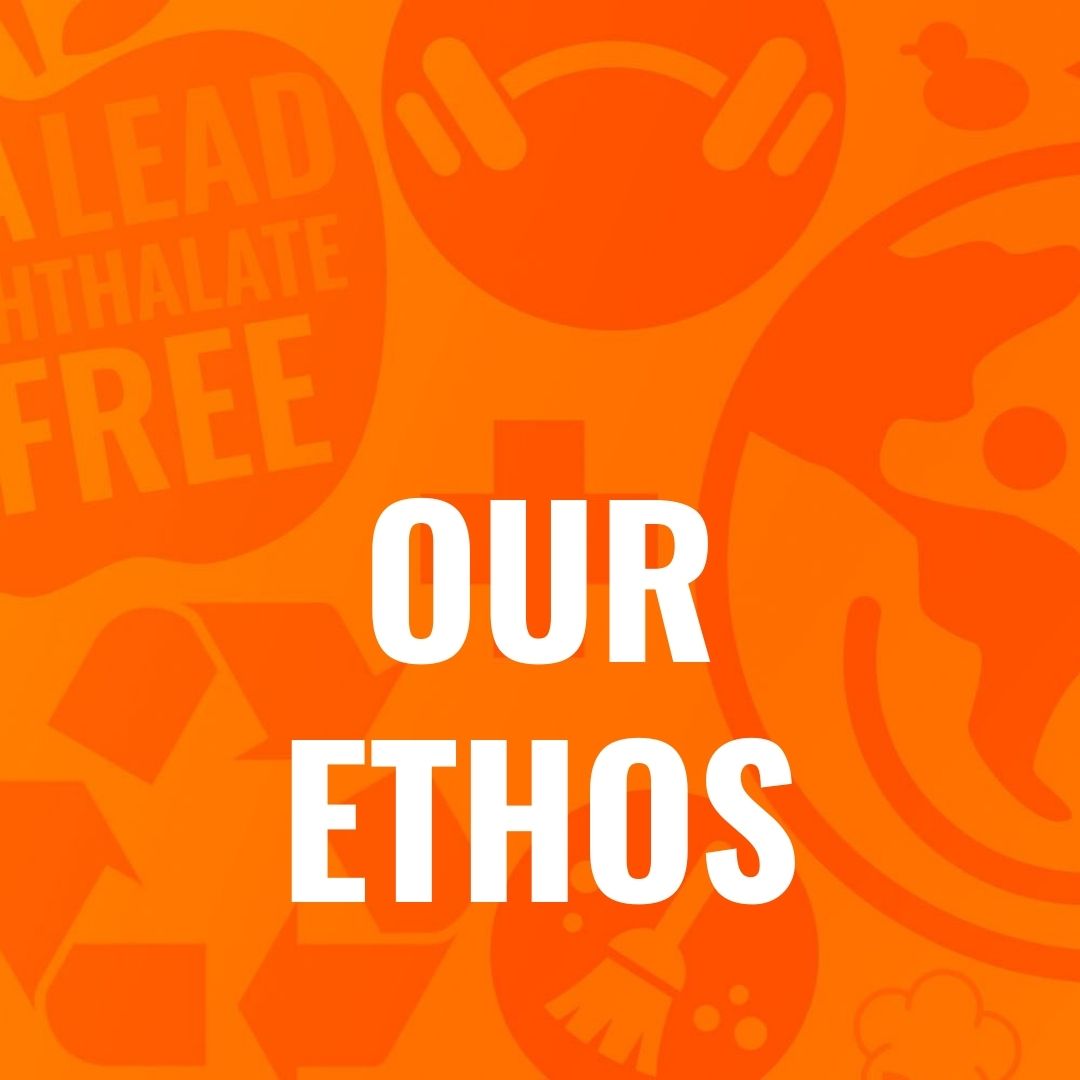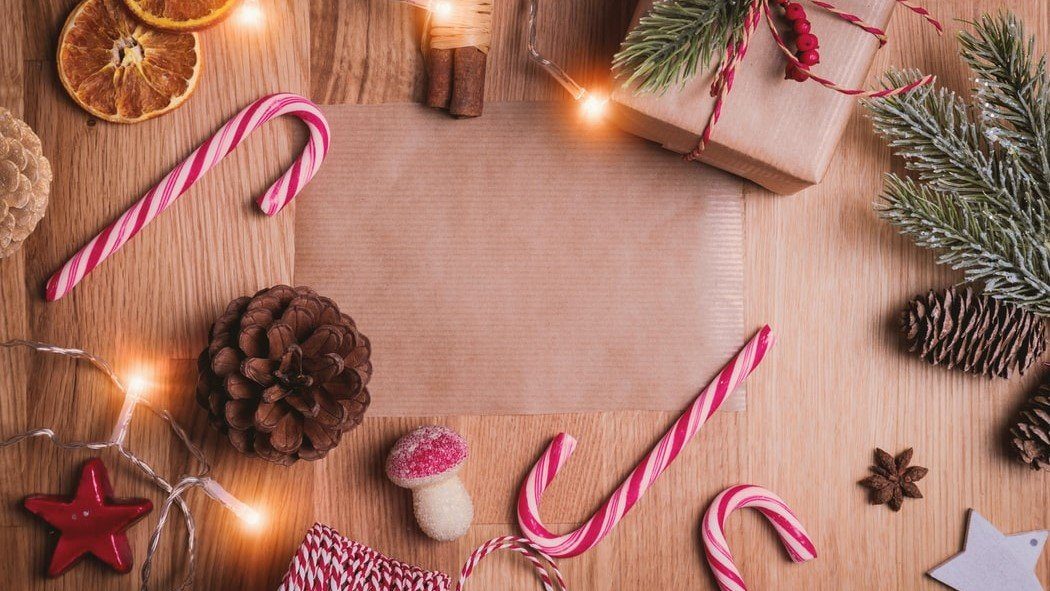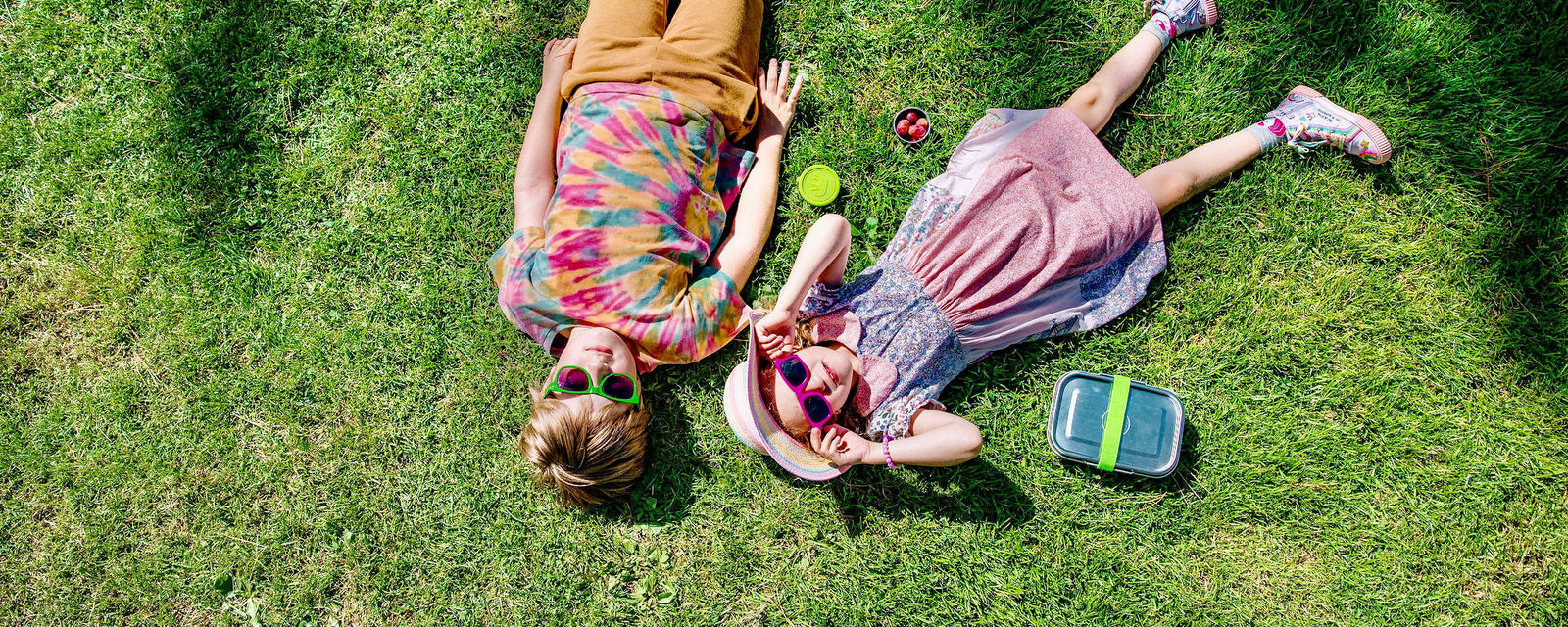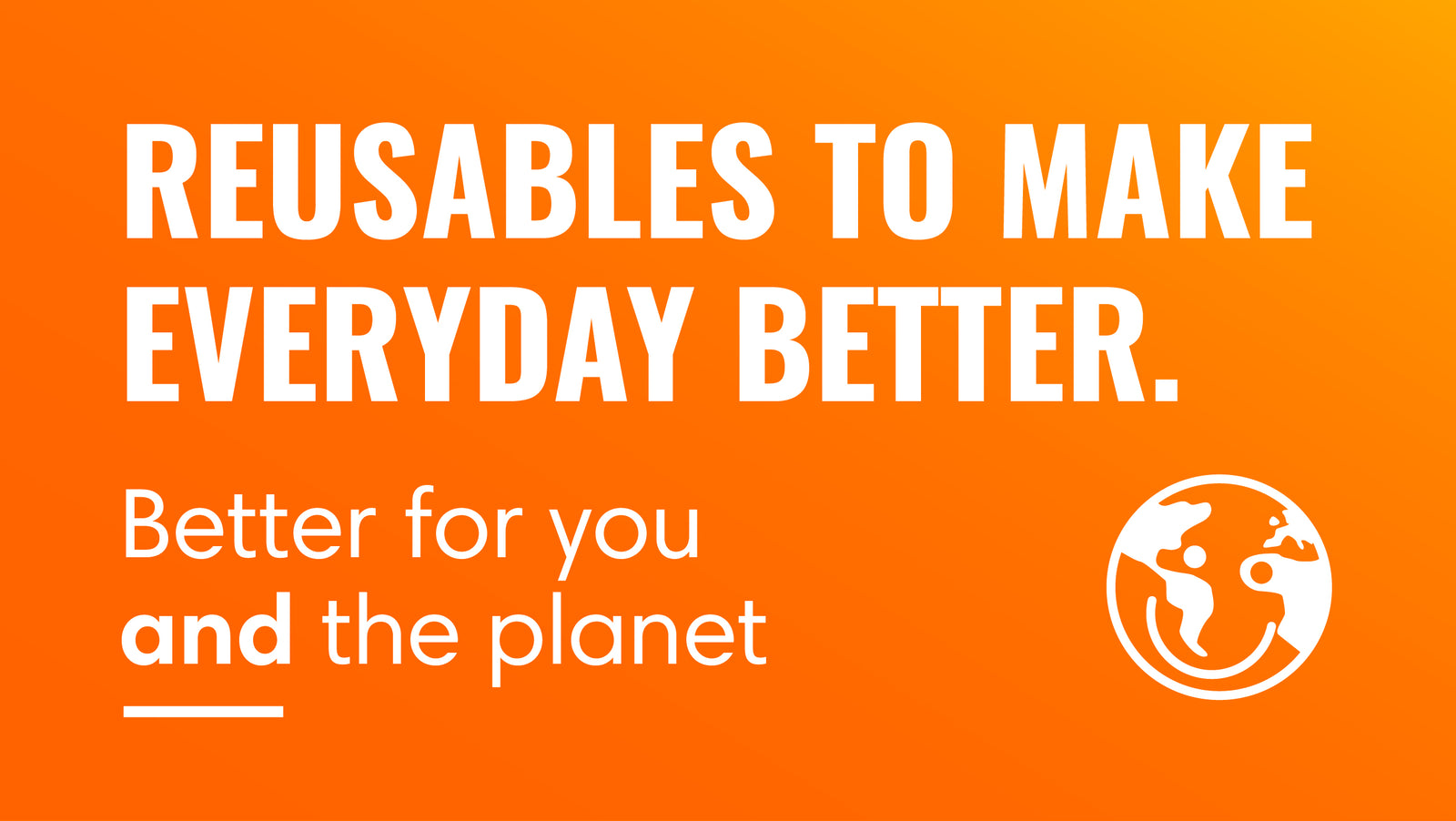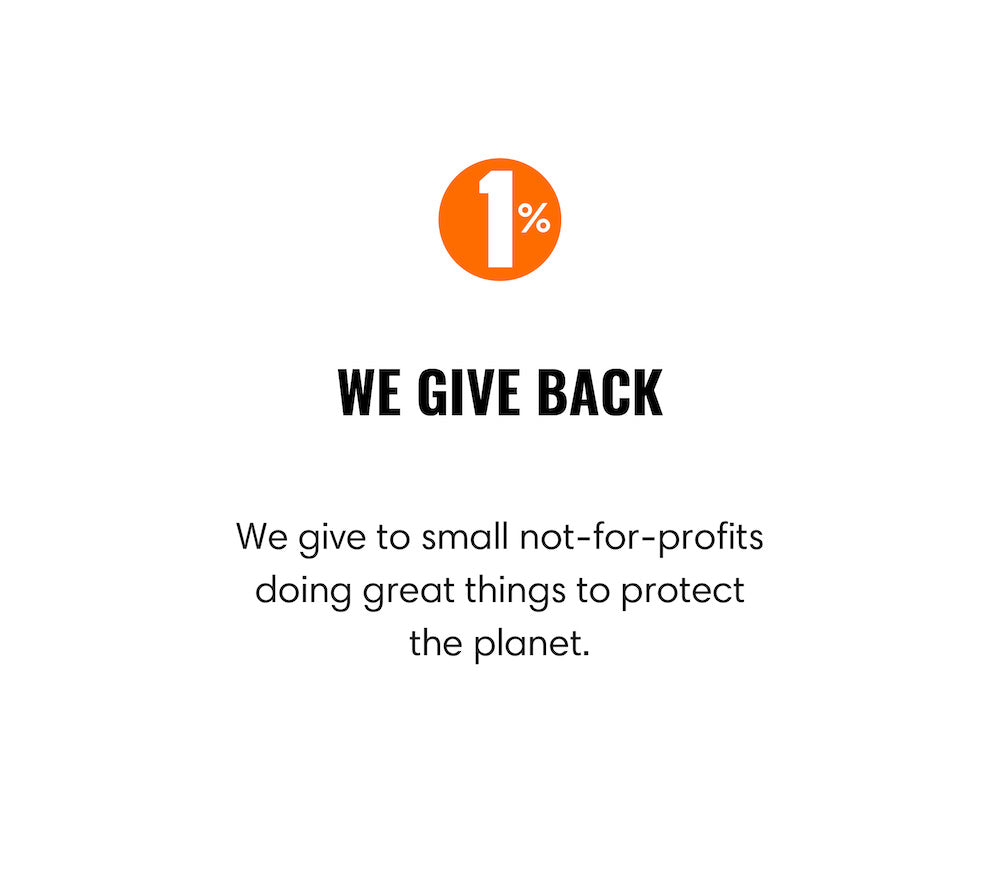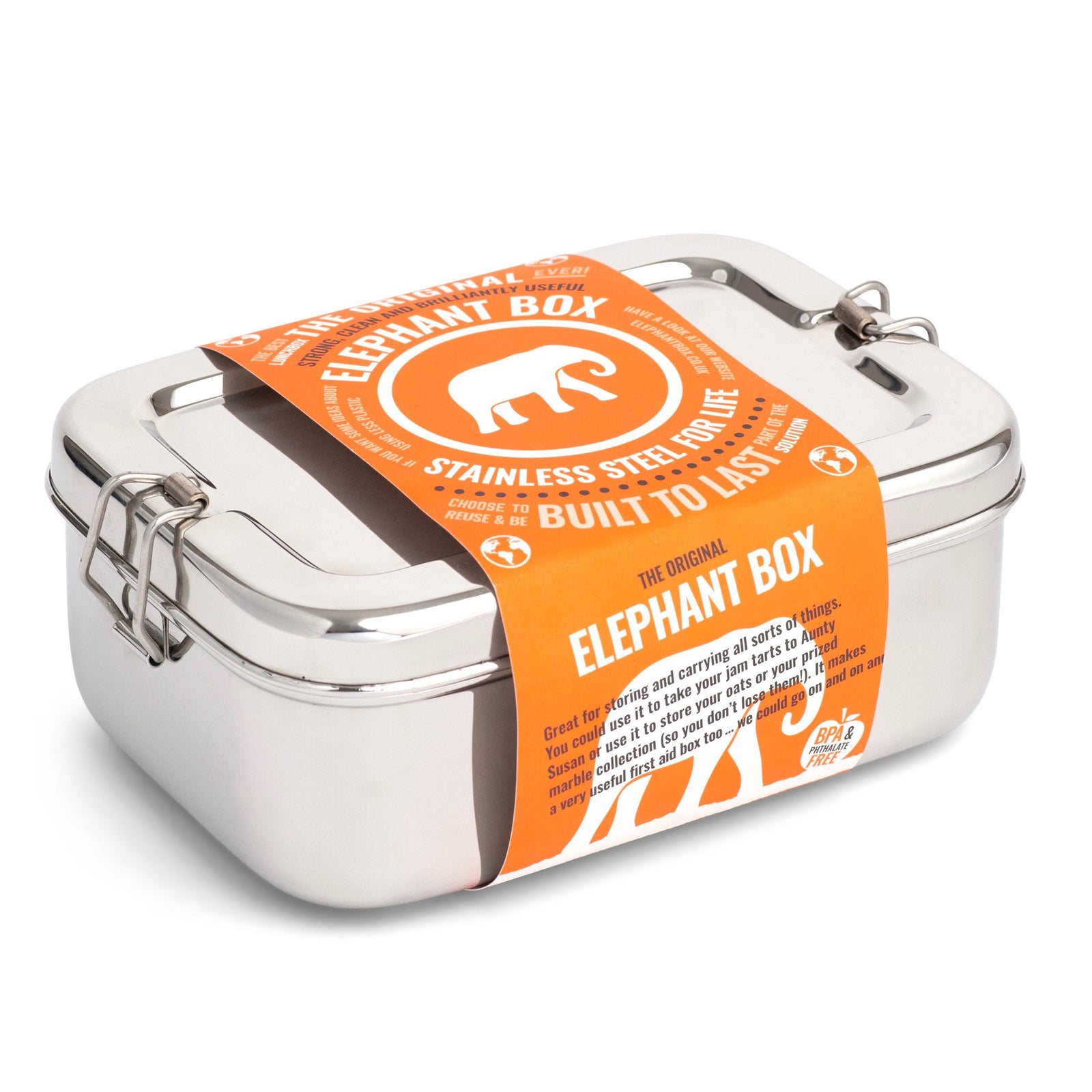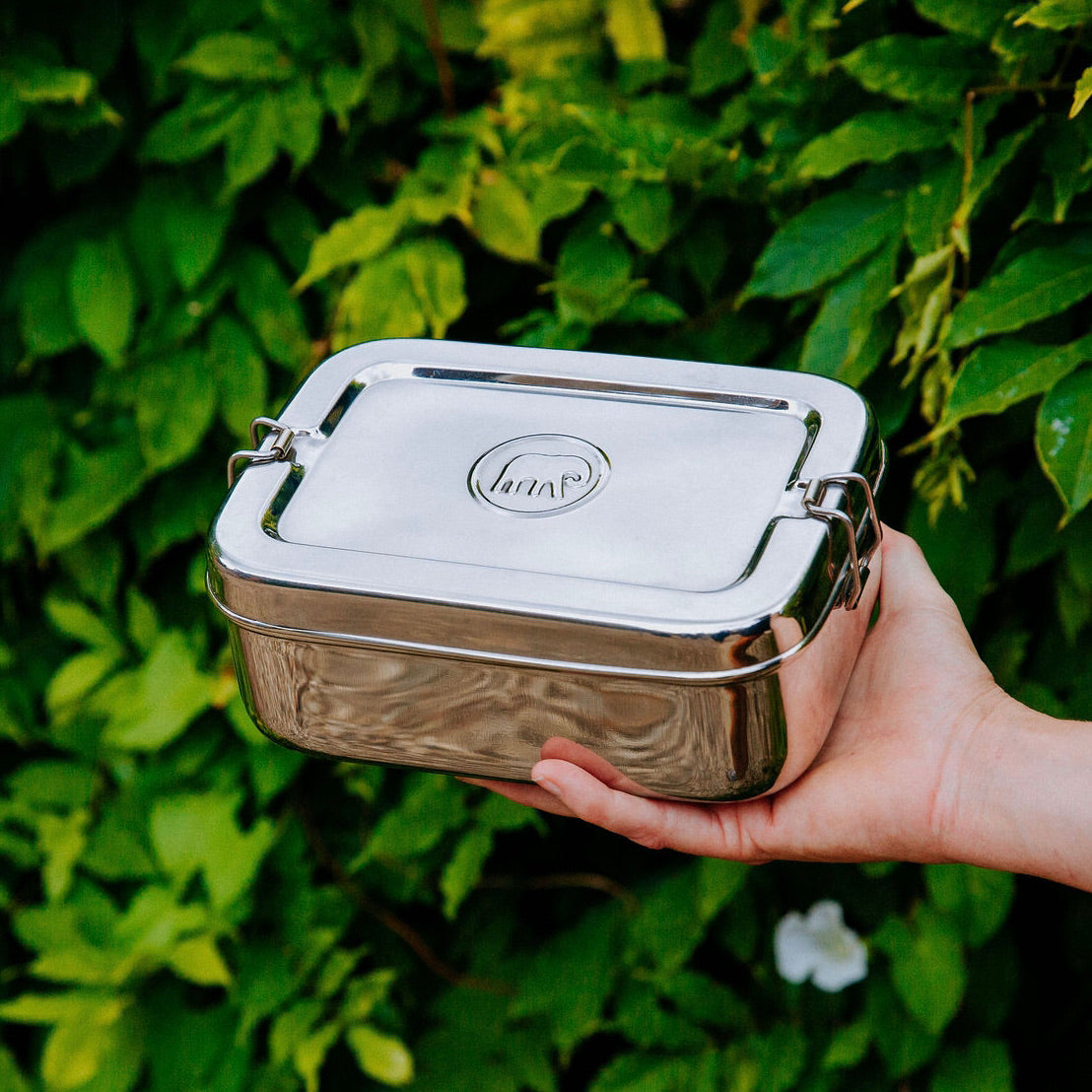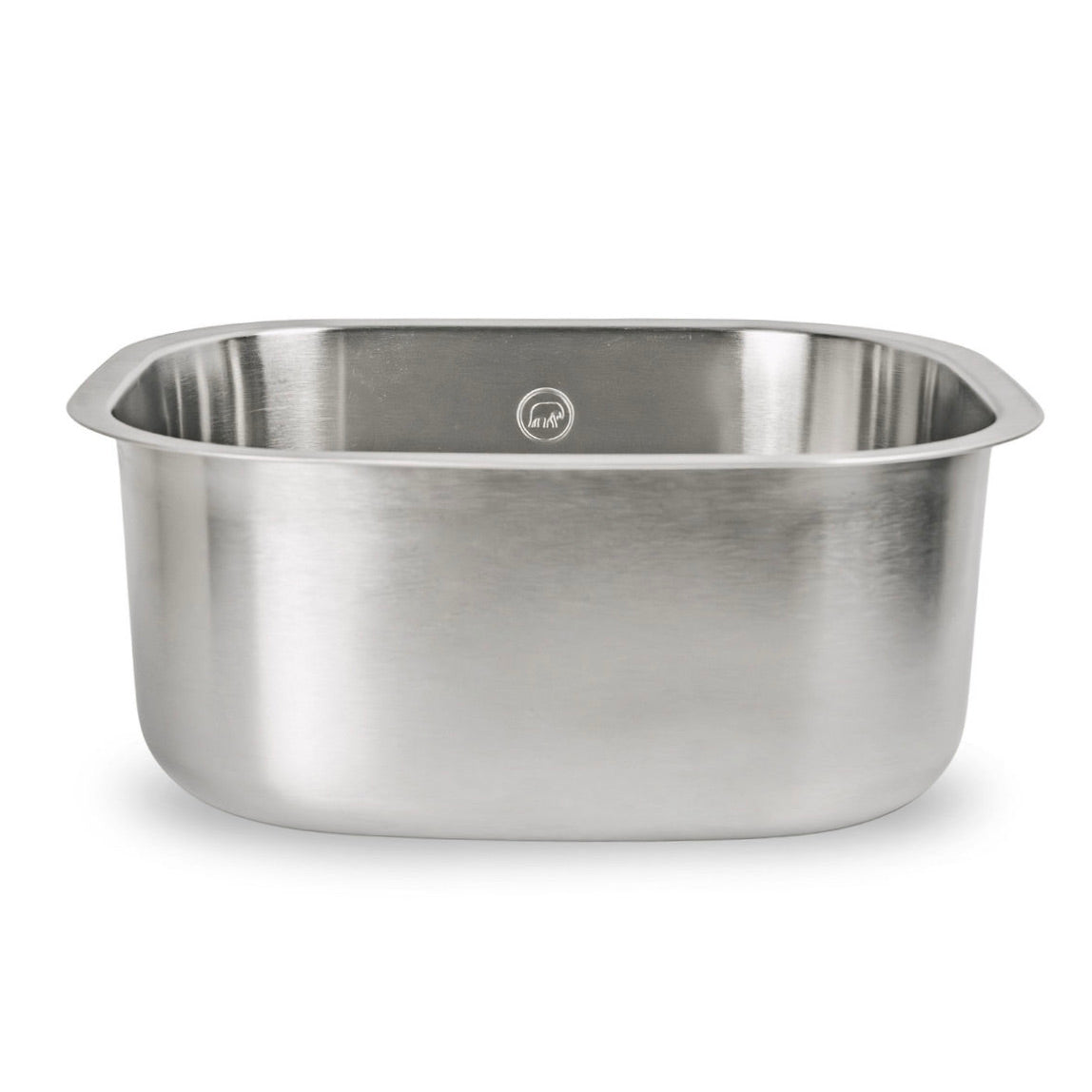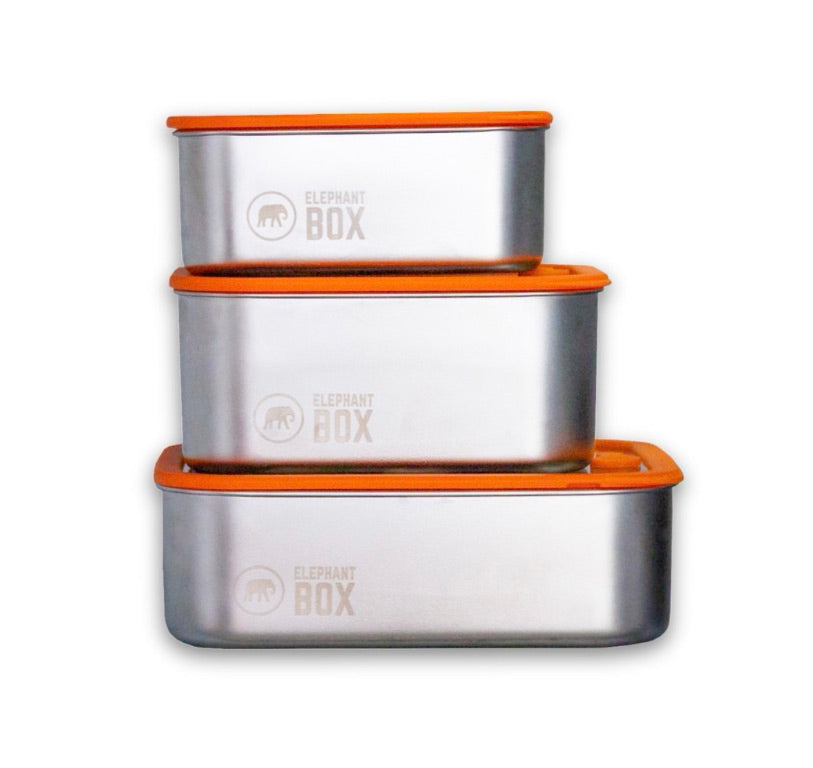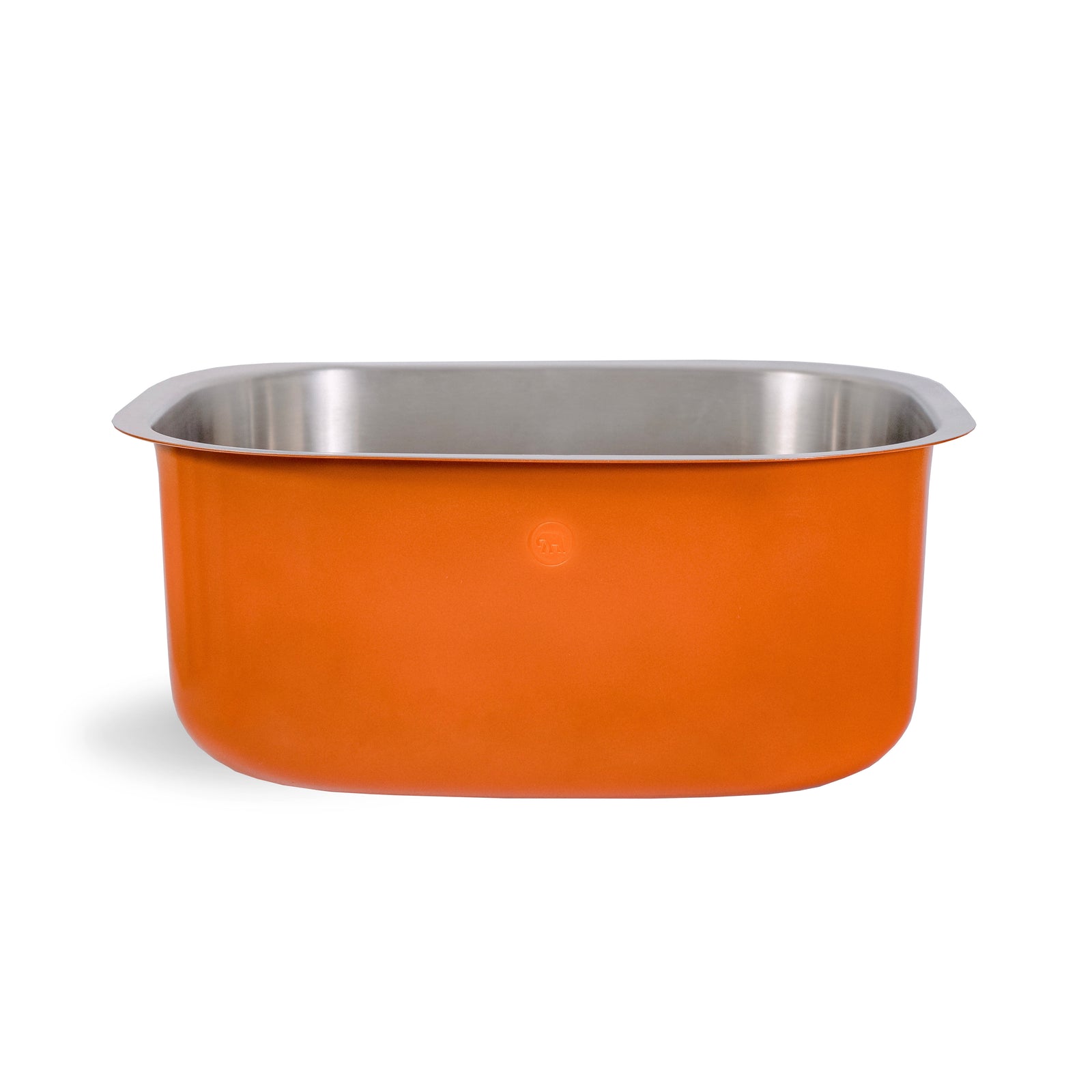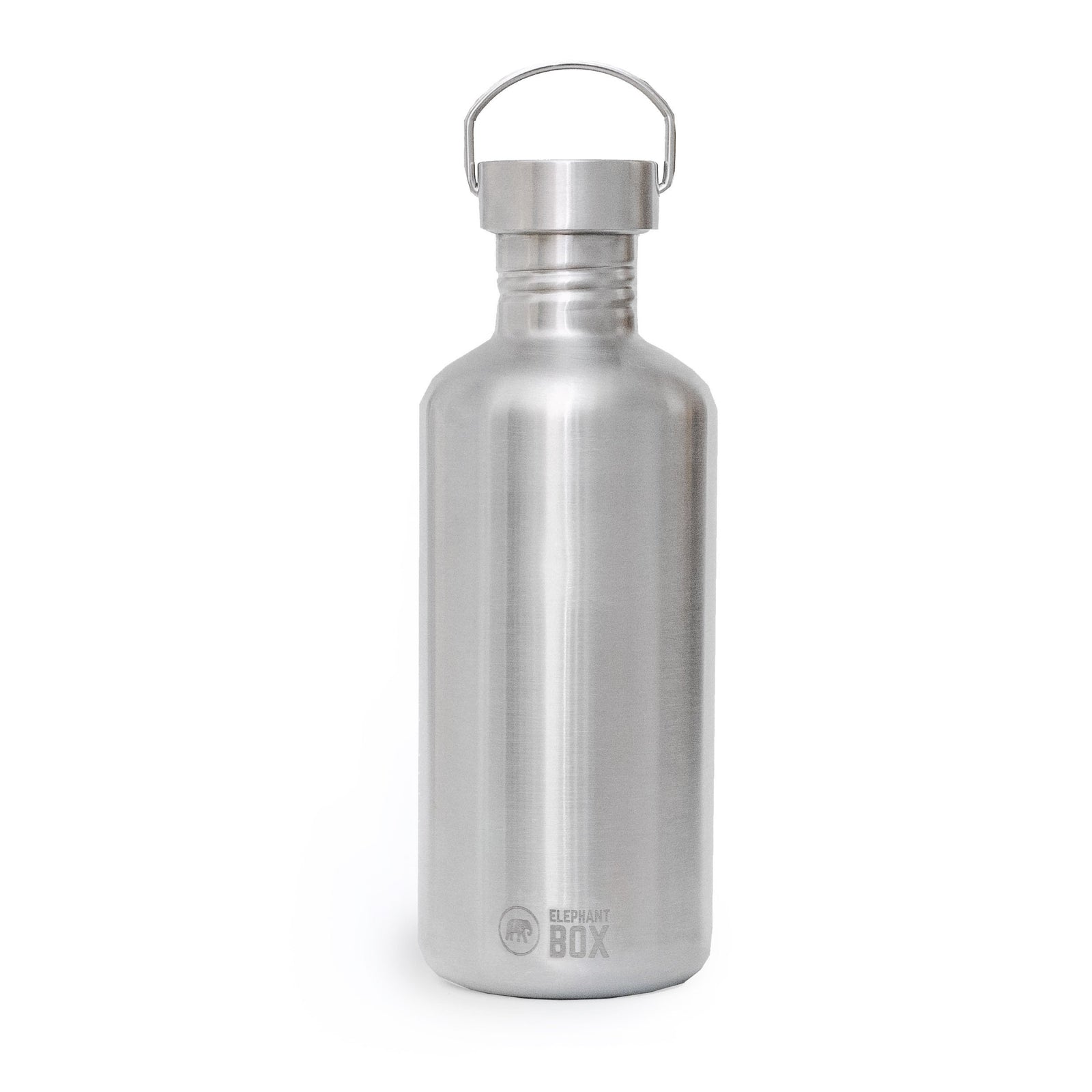Brilliant washing up bowl, robust and really easy to clean
Delighted with my orange washing up bowl. Looks so cheerful and really brightens up the kitchen. Stainless steel is so easy to keep clean and fresh.
Just great to have a washing up bowl that's going to last, and look good for years. Practical, sudtainable and beautiful, what's not to like!
Great washing up bowl. Nice size and colour and hooray no plastic.
The bottles are very light weight and great for cycling .

